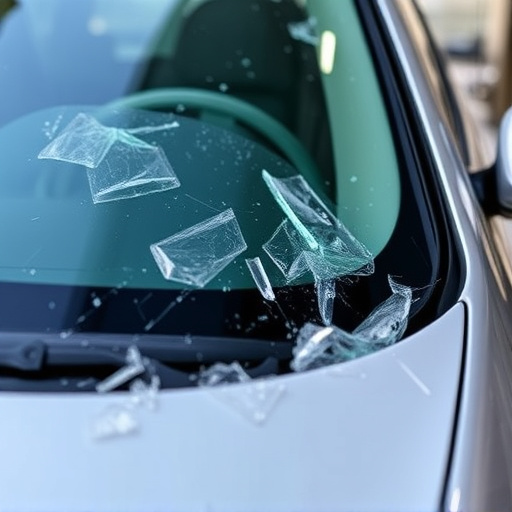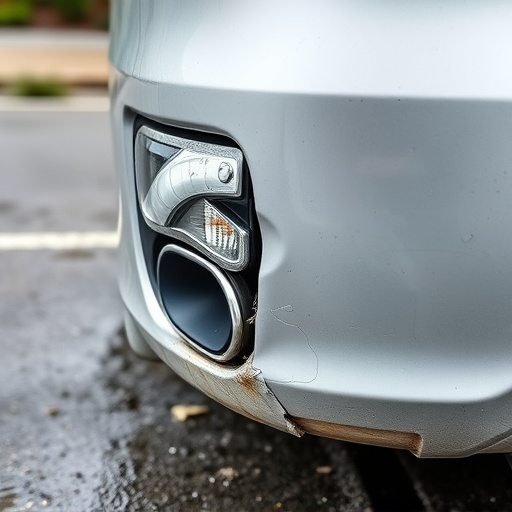Business owners can claim tax deductions for bumper repair costs, as per IRS guidelines, if repairs are essential for safety and operational efficiency, regardless of damage extent. Bumper damage is common from human error or wildlife encounters, with repairs ranging from simple straightening to complete replacements. Professional body shops offer crucial restoration services, but navigating insurance claims requires understanding policy details, accurate documentation, and clear communication with insurers and repair shops.
“Are you a business owner worried about the financial burden of bumper repair costs? In today’s competitive landscape, understanding tax deductions can significantly impact your bottom line. This article illuminates why bumper repair expenses are often tax-deductible for business vehicles, offering insights into the tax code’s provisions. We’ll explore common causes of bumper damage and guide you through navigating insurance claims efficiently. Get ready to transform a potential financial obstacle into a manageable expense.”
- Understanding Tax Deductibility for Business Vehicles
- Common Causes of Bumper Damage and Repair Costs
- Navigating Insurance Claims for Bumper Repairs
Understanding Tax Deductibility for Business Vehicles

For business owners, understanding the tax benefits of maintaining their vehicles is crucial. One often overlooked expense that can significantly reduce tax liabilities is bumper repair cost. In many countries, repairs to vehicle bodywork, including bumpers, are considered tax-deductible when they are essential for safety and operational efficiency. This includes both minor bumps and more extensive damage, as long as the repairs don’t enhance the vehicle’s aesthetics.
The IRS (or equivalent tax authorities) typically distinguishes between ordinary wear and tear and necessary repairs. Regular maintenance, such as washing and waxing, is usually not deductible. However, unexpected incidents like collisions or road debris damage that require automotive restoration or car body restoration techniques can be written off against business taxes. This not only helps offset the financial burden of these events but also ensures that your business vehicles remain in top condition, contributing to overall safety and operational reliability.
Common Causes of Bumper Damage and Repair Costs

Bumper damage can occur for a variety of reasons, from minor fender benders to more significant accidents. One of the most common causes is simple human error, such as backing into another vehicle or hitting a curb during parking. These incidents often result in dents, dings, and even crumple lines on the bumper, which are typically reparable through a process that involves detaching, straightening, and repainting the affected area.
Another frequent culprit is wildlife encounters, especially in regions with diverse animal populations. Deer, birds, and other critters can leave behind significant damage, from shattered lights to torn grilles. More severe accidents involving high-speed collisions or significant impacts can lead to complete bumper replacement, which significantly influences the overall bumper repair cost. Professional body shop services play a crucial role in restoring these damaged vehicles, ensuring they return to their pre-incident condition or even enhancing them through classic car restoration techniques for vintage vehicles.
Navigating Insurance Claims for Bumper Repairs

When it comes to navigating insurance claims for bumper repairs, understanding your policy is key. Many business owners are delighted to learn that bumper repair costs are often tax-deductible, providing a financial boost for essential vehicle maintenance. However, the process can be intricate, especially when dealing with complex damage or luxury vehicle repair. It’s crucial to communicate effectively with both your insurance provider and the chosen auto repair shop.
The first step is to thoroughly document the damage, including taking photos and keeping records of all expenses related to the bumper repair. This information will be invaluable during the claims process. Many insurance companies have specific forms for filing claims, so ensure you complete these accurately and return them promptly. Consider seeking guidance from your insurance agent or broker if you’re unsure about any aspect of the claim, especially when it comes to understanding deductibles and coverage limits, which can vary significantly between policies.
For business owners, understanding the tax benefits of bumper repair costs can significantly impact their bottom line. Given the potential for unexpected damage and the varying repair expenses, navigating insurance claims and leveraging tax deductibility is a strategic move to optimize financial health. By familiarizing themselves with these processes, businesses can ensure they receive the appropriate reimbursement while contributing to their overall cost management strategies.














